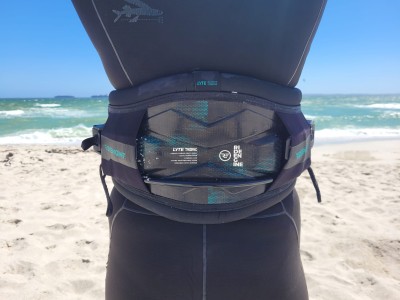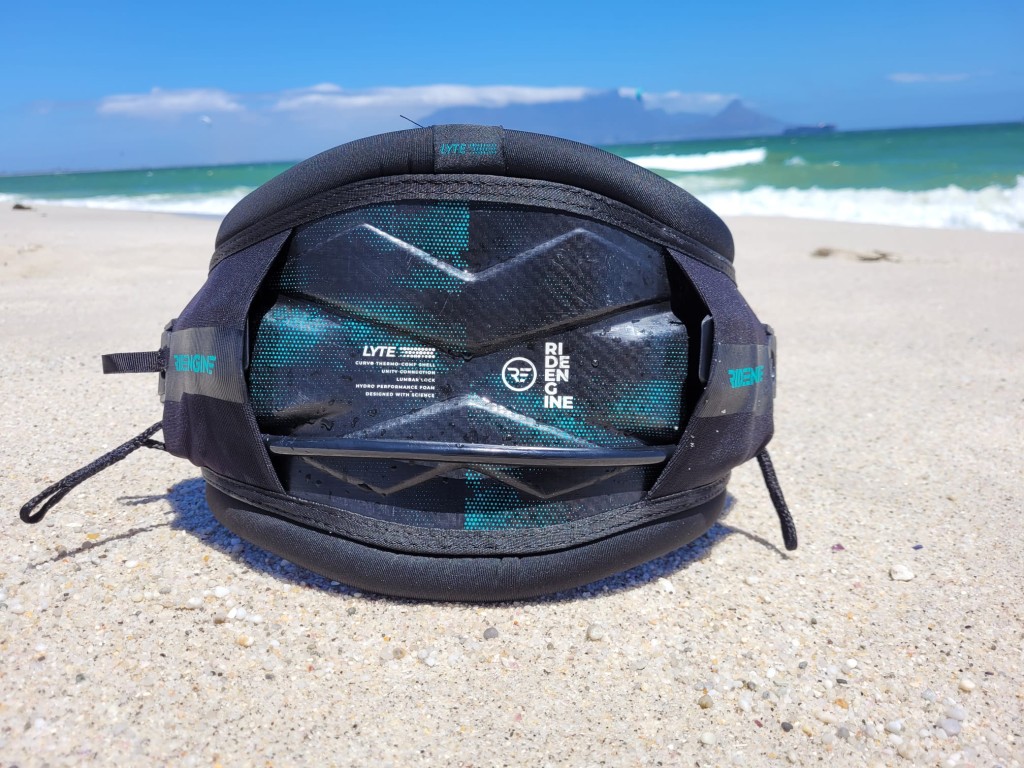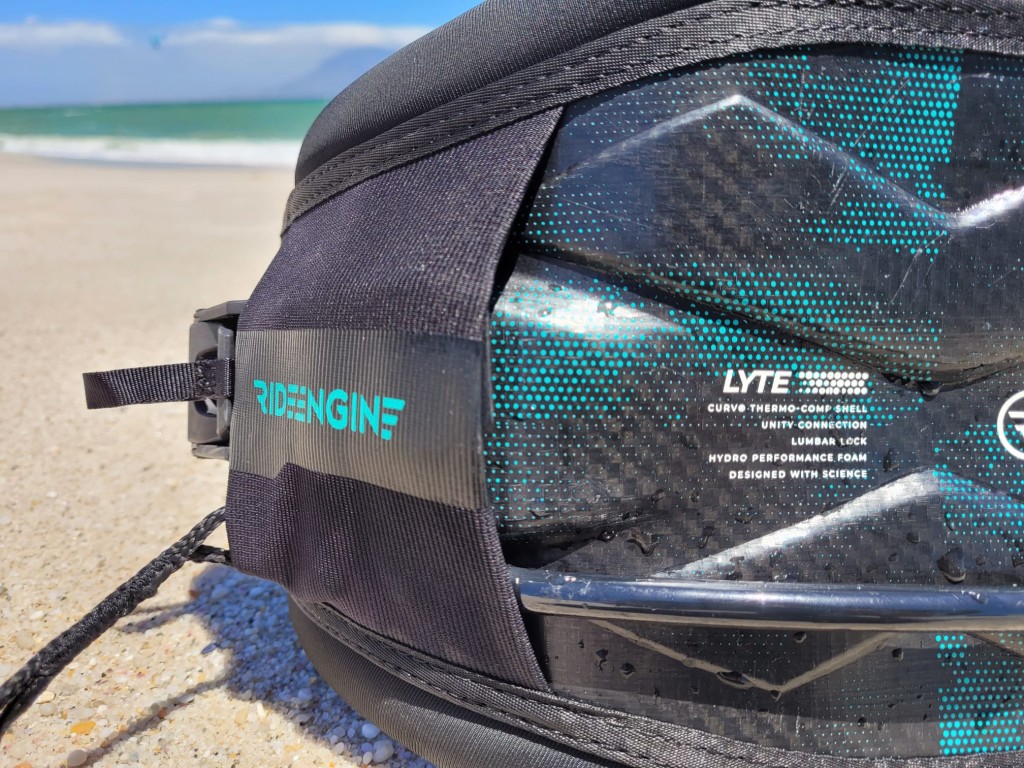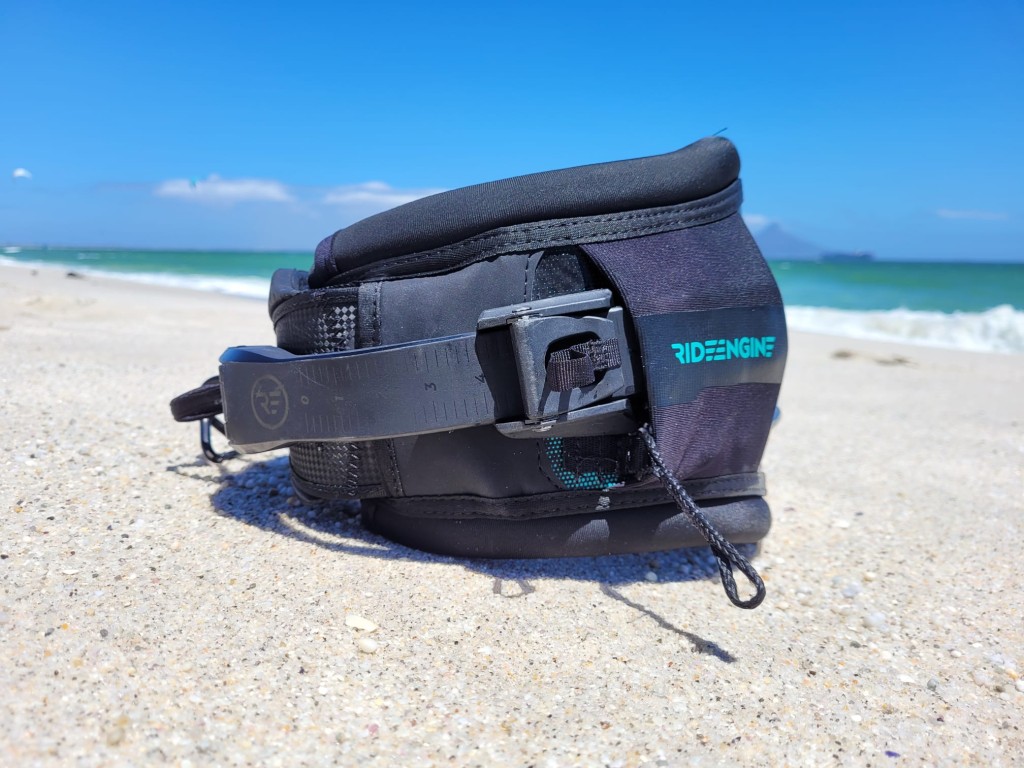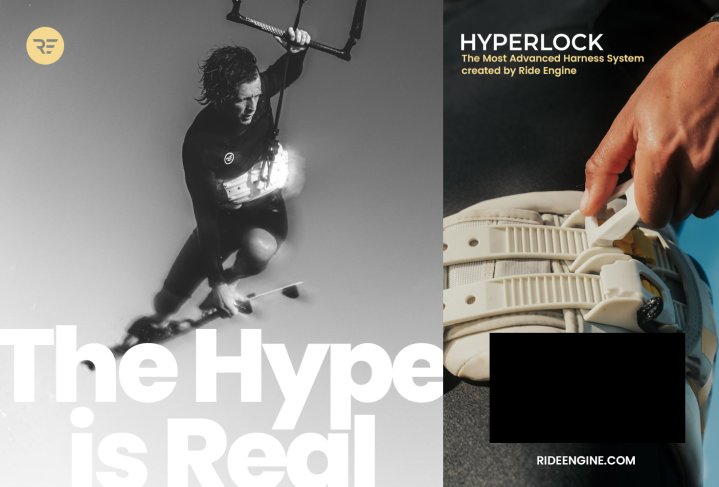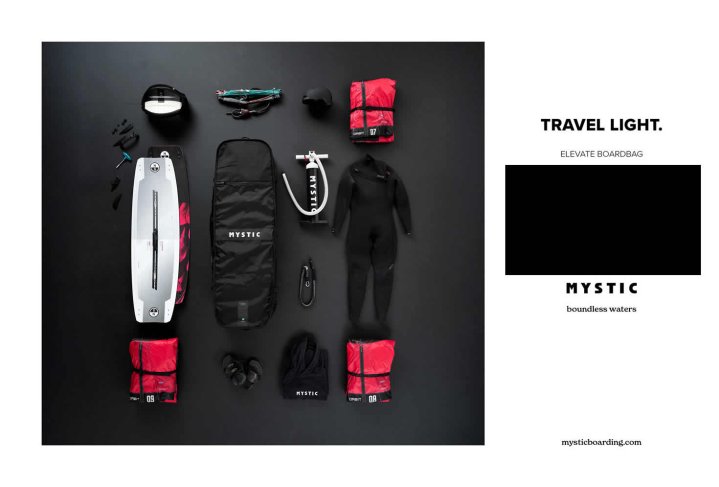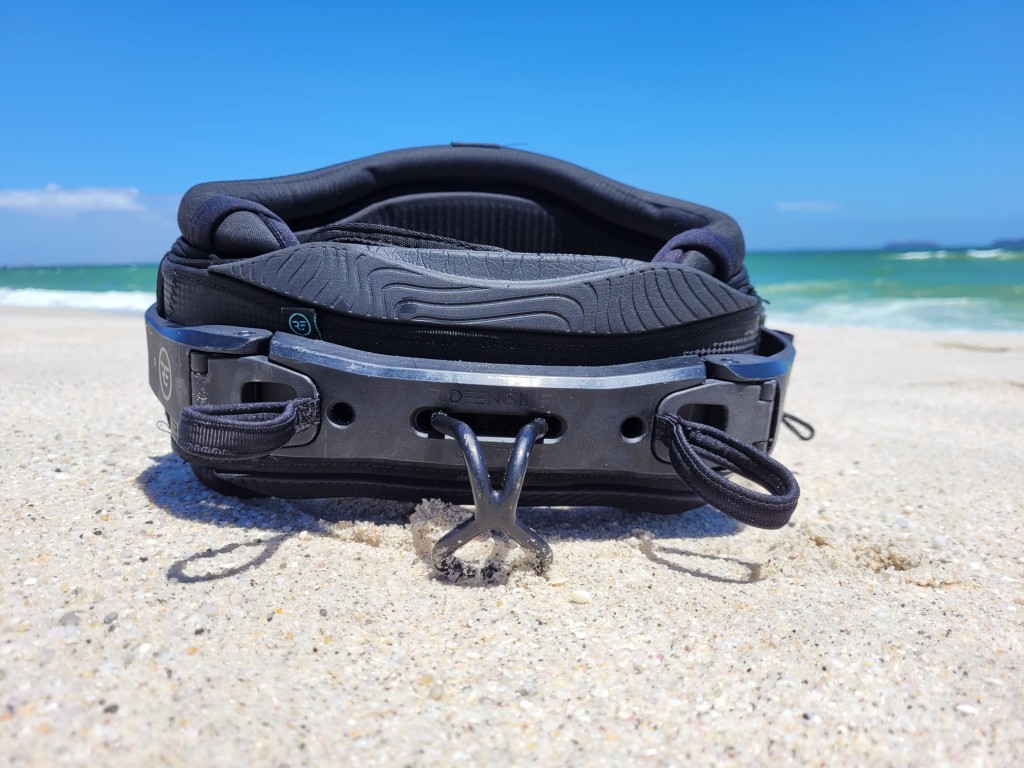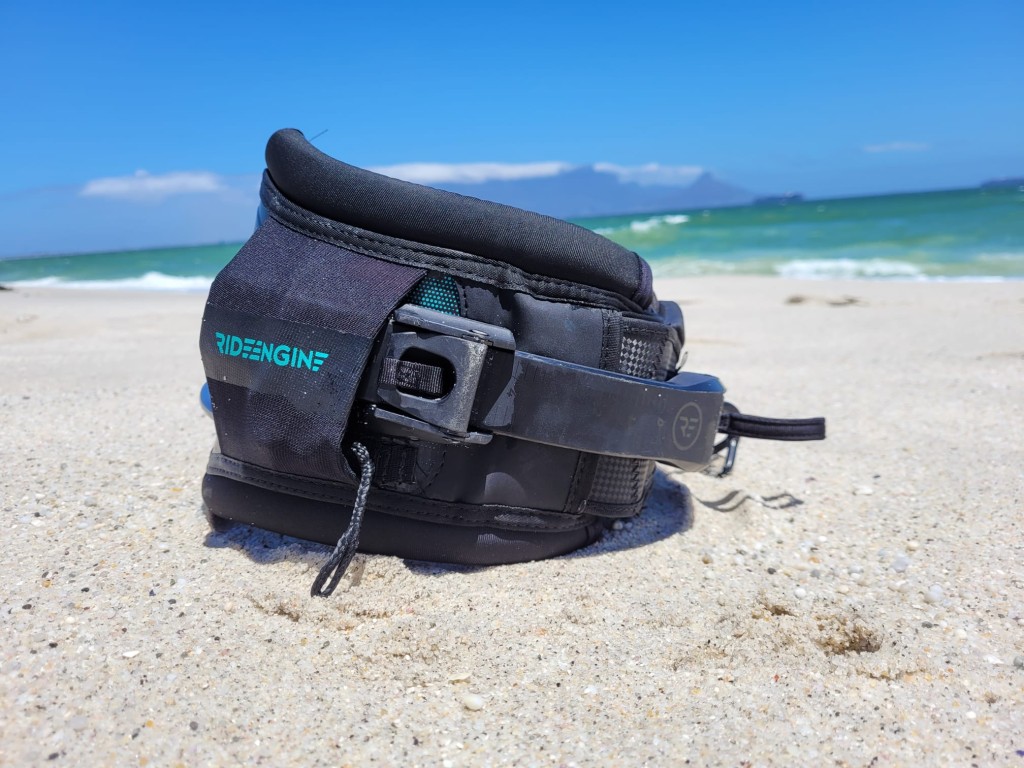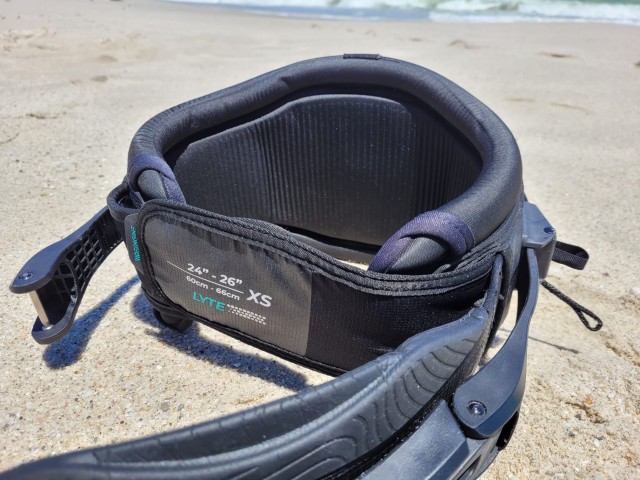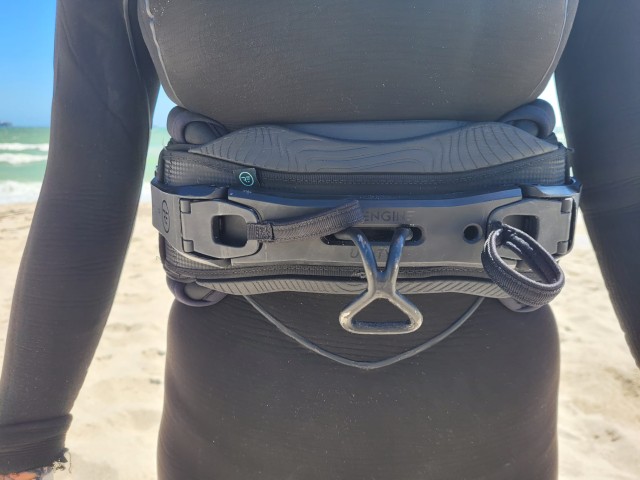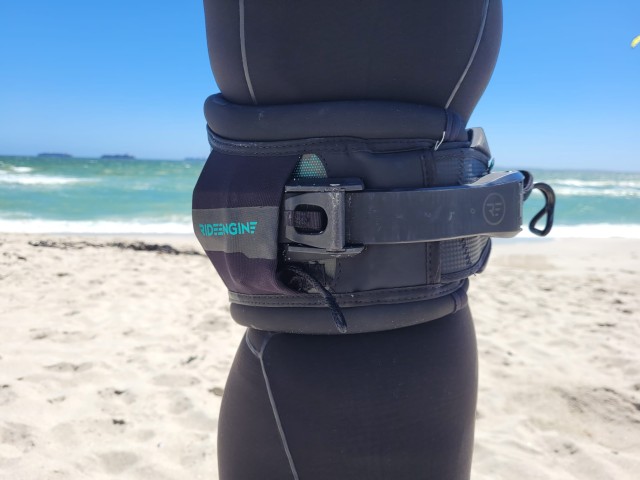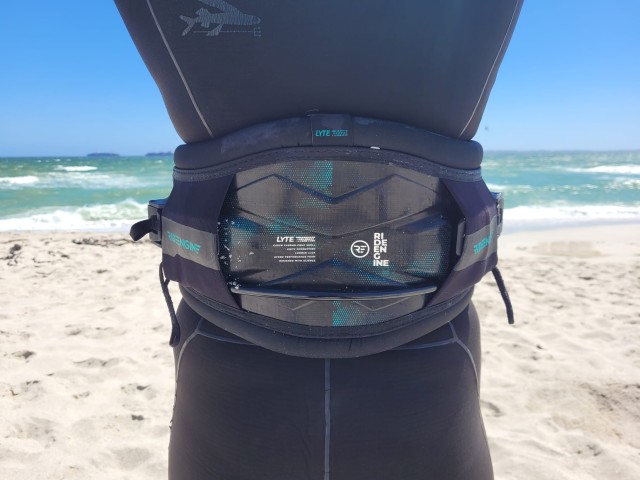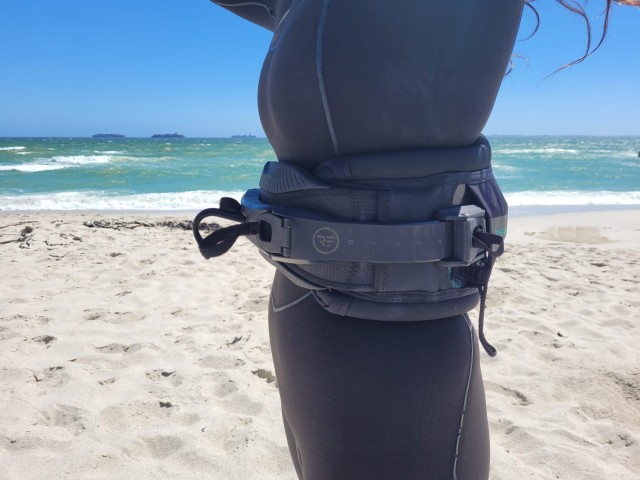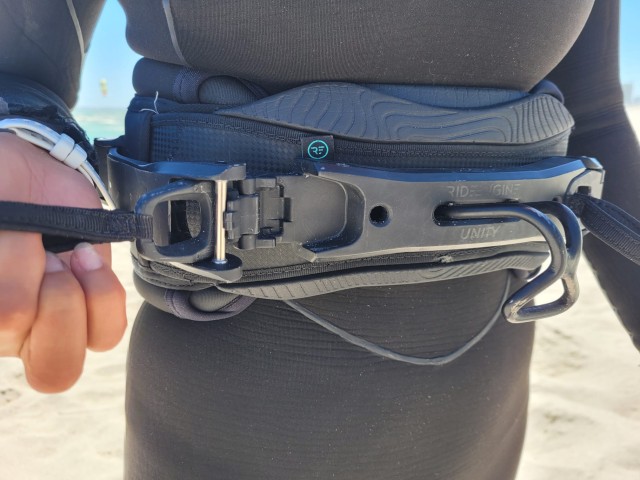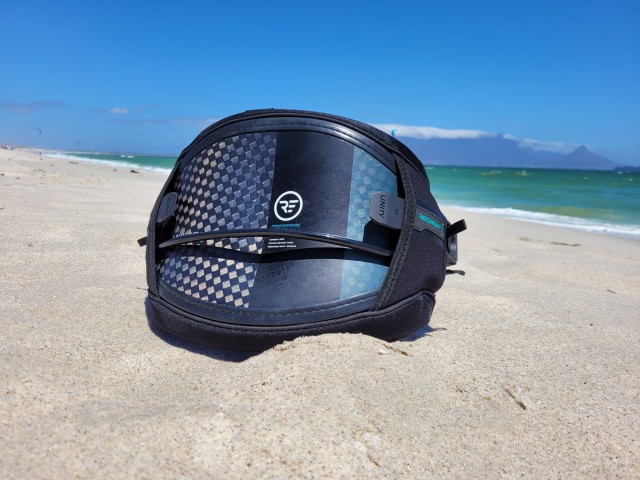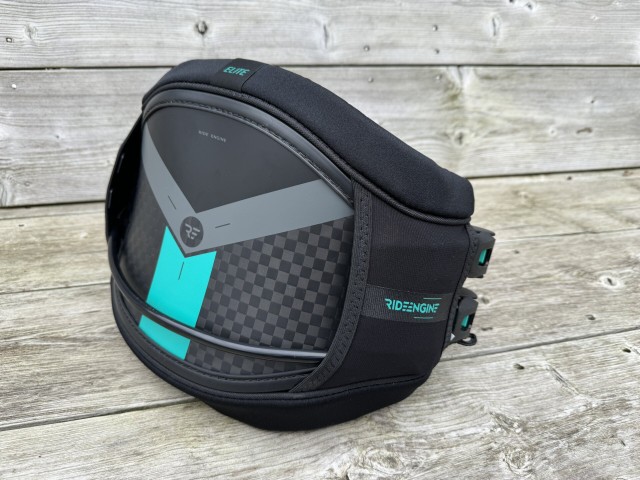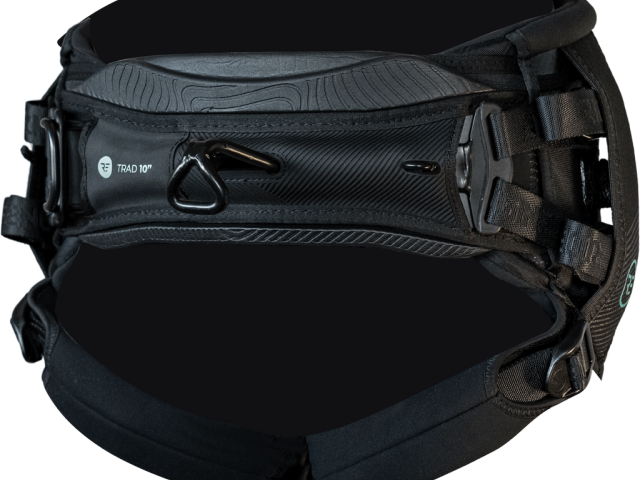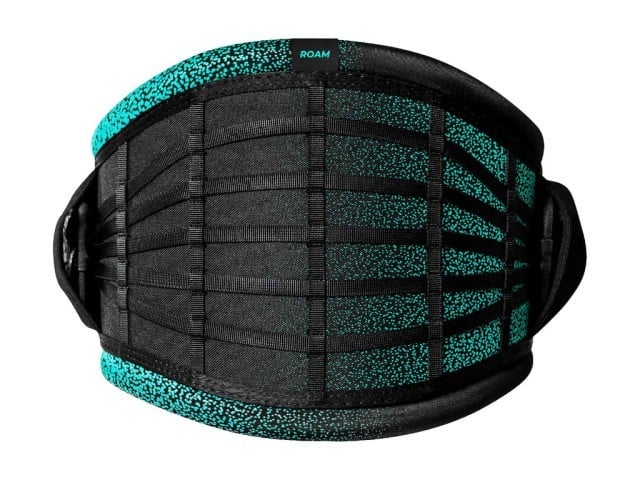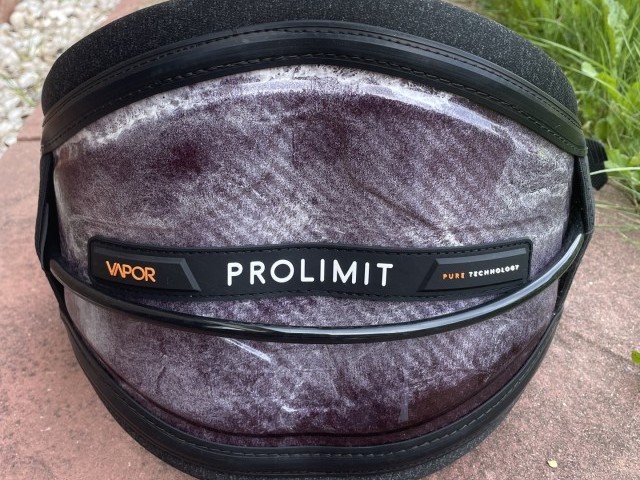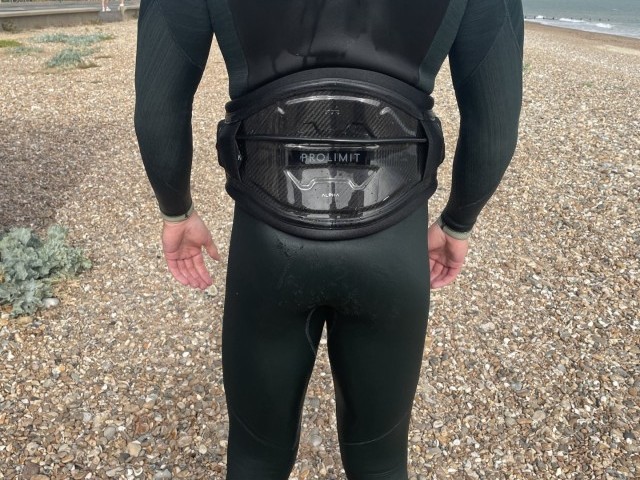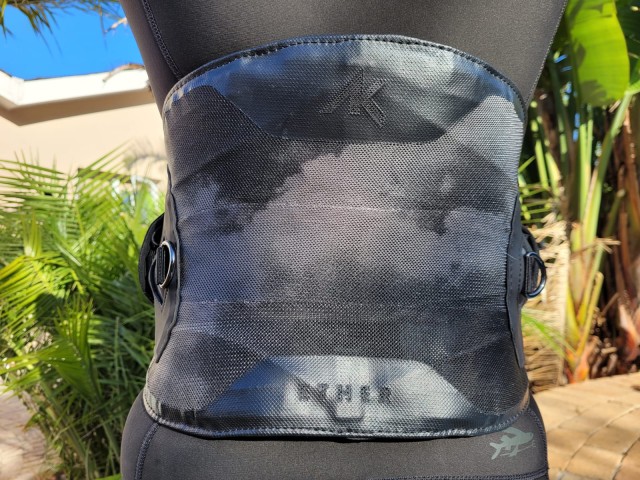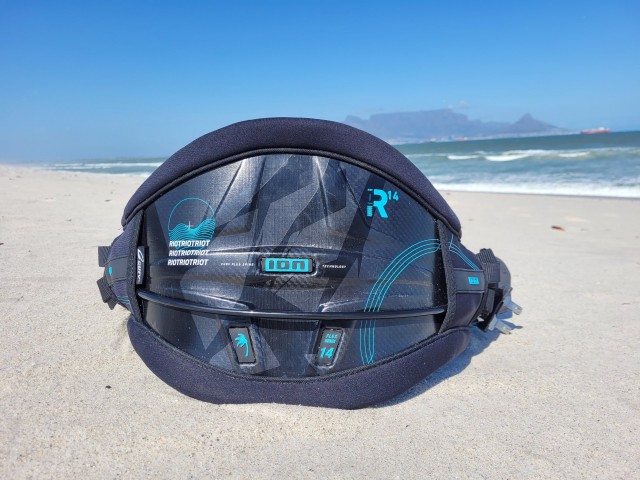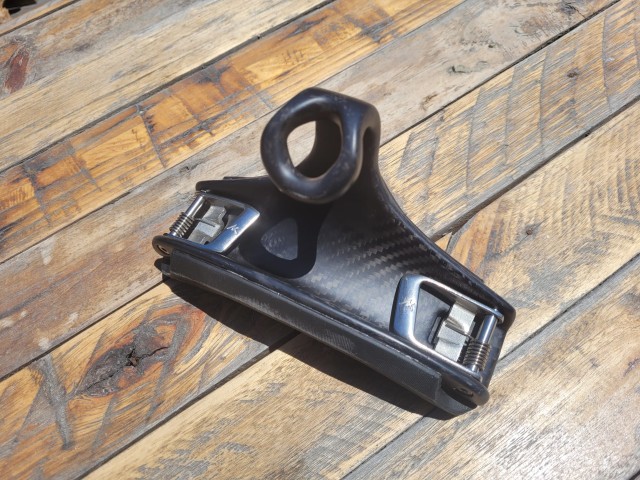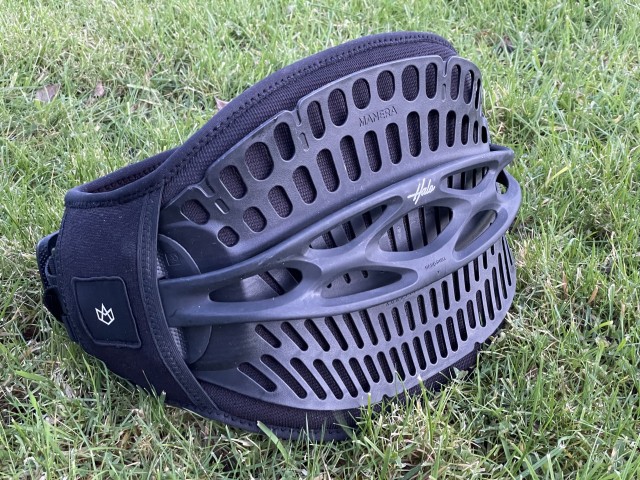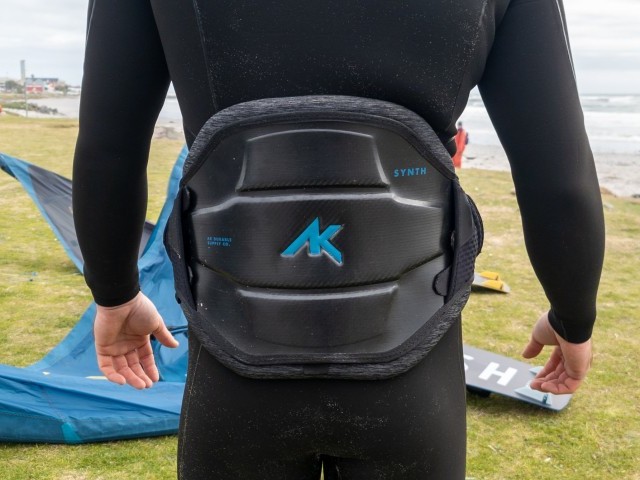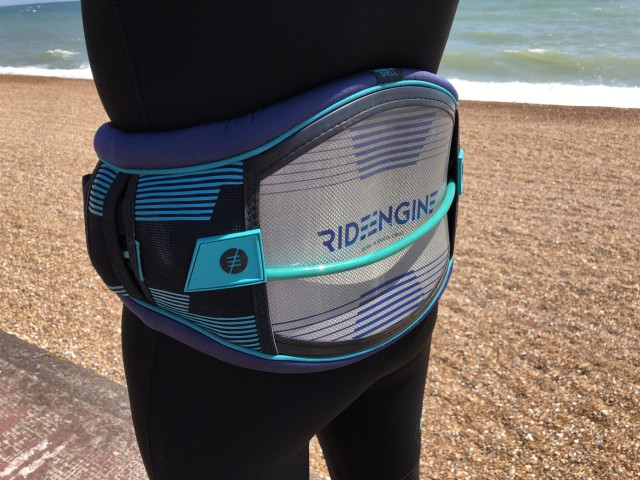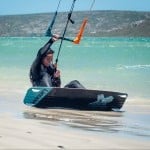At A Glance
Ride Engine has made some big leaps and bounds in harness designs in the past few years. From the early days of customised one-of-a-kind oven-baked hard shell harnesses to the popular carbon Elite production model hard shell, Ride Engine has been a trusted provider of harness comfort from the beginning.
With the more recent introductions of the composite Sabre harness and the softer Momentum, there have been some exciting innovations happening behind the scenes at Ride Engine. So, when we heard there was another new model about to drop, we were stoked to give it a go.
On test today is the brand-new Ride Engine Lyte, taking lightweight harness design to another level. The Lyte Curv material is lightweight but also high tensile, meaning you get the Ride Engine signature shape with the supportive lumbar lock, which has become a favourite in the industry for staying where it belongs and not twisting on the body. The foam padding is known as cell-lock, thermoformed closed-cell foam, which doesn't take on water, so it stays light, even after your session.
The new Lyte comes in two models - Direct Connection or Webbing Connection. Direct Connection is the newest and highest tech Ride Engine system that pairs with their new Unity Spreader Bar, and Webbing Connection offers your more traditional spreader bar to harness connection to go with their traditional harness hooks and sliders. We tested the XS Lyte with the Direct Connection alongside the compatible Unity Spreader Bar, which has been a major stand-out in the Ride Engine lineup. Note that the spreader bar is sold separately.
One thing cool about the Unity is the set-it-and-forget-it system; you do your initial set-up using the Direct Connection on the harness and adjust until it fits you just right. The first adjustment can be a process and may require a second set of hands, but it is truly an important part of making sure you get the most out of this high-tech piece of gear.
Unlike traditional webbings, the Direct Connection is made of a hard material, which means that when you move, crash, or get it wet, it will not shift, stretch, or flex out of its set position. If you've ridden a harness before that seems to constantly change its fit or settings throughout your session, and you hate that feeling, you should definitely try this system!
At first glance, it's a slick-looking piece of equipment. It trends towards minimalistic with just enough padding to communicate comfort. I try not to be swayed by colours and patterns, but there is just something about the black and teal combo I tested that makes me want it that much more!
The waist belt has the new-school version of velcro. If you've ever had shoes with velcro straps instead of laces, you'll have noticed that the stickiness starts to fade over time. This "future velcro" looks a lot cleaner and lasts a lot longer than beat up, fluffy old velcro.
It's not the hard carbon shell that Ride Engine is best known for, but a Curv composite material with a nice mix of stiffness and flex. We can see why Ride Engine has incorporated this ingenious material into their harnesses. It's the best of both worlds. Pure hard shell and pure soft shell designs serve the extremes of the market, but this harness design can be comfortable for every rider.
Sizes: XS, S, M, L, XL
On The Water
I can never stress enough that it's important to try a lot of harnesses before you buy because size and fit have a massive impact on the quality of your session. It might be my shorter than average torso, but when I first put this harness on, some noticeable pressure points around the ribs and hips had me wondering if it was the right fit for my body type.
As soon as I got into the water, those worries faded quickly. Once the harness got a bit wet and the cell-lock foam softened up and moulded to my sides, I quickly forgot about what I thought were pressure points. It's quite possible that the foam just needed some breaking in to soften up and adapt to my shape, but my comfort level and enjoyment shot up quickly after spending some time on the water.
That said, as always, harness fit is absolutely critical to having a good experience kiting. I might say that I love the way this harness fits, and another rider with a different body shape might disagree. While soft-shell lovers and hard-shell addicts often butt heads, it usually doesn't come down to that one is better than the other, but rather that those with a strong preference have it simply because their favourite style is the best fitting harness for them specifically.
I would recommend fitting this harness first dry, then fine-tuning it after your first session while wet, as the shiny new foam needs a session to soften up. The Lyte impressed with its comfortable ride, sharp styling, low-profile design, and innovative materials. The Unity Spreader Bar, while an advanced design, was very easy to use and didn't require extensive force to open or close the harness. It opens from either the left or the right, whichever is most comfortable for the rider. Once again, low profile, clean, and very satisfying.
Overall
Some harnesses feel insanely comfortable when you first try them but start to cause some back strain once you've been on the water for a while. The Ride Engine Lyte was the opposite. I'm super glad I took the time to get it on the water and give it a fair shake because it changed my mind very quickly. I was riding in super overpowered conditions and was blown away by how supported my back felt, even with the low profile shape. It's an impressive harness design and one worth considering for those that hesitate to go down the hard shell route. Stiff but flexible, this harness offers a solid blend of comfort and support.
Videos
This review was in Issue 91 of IKSURFMAG.
For more information visit Ride EngineRelated
By Crystal Veness
Editor at IKSURFMAG, Crystal Veness hails from Canada but is based in South Africa. When she isn't busy kitesurfing or reporting on the latest industry news for the mag, she is kicking back somewhere at a windy kite beach or working on creative media projects.


